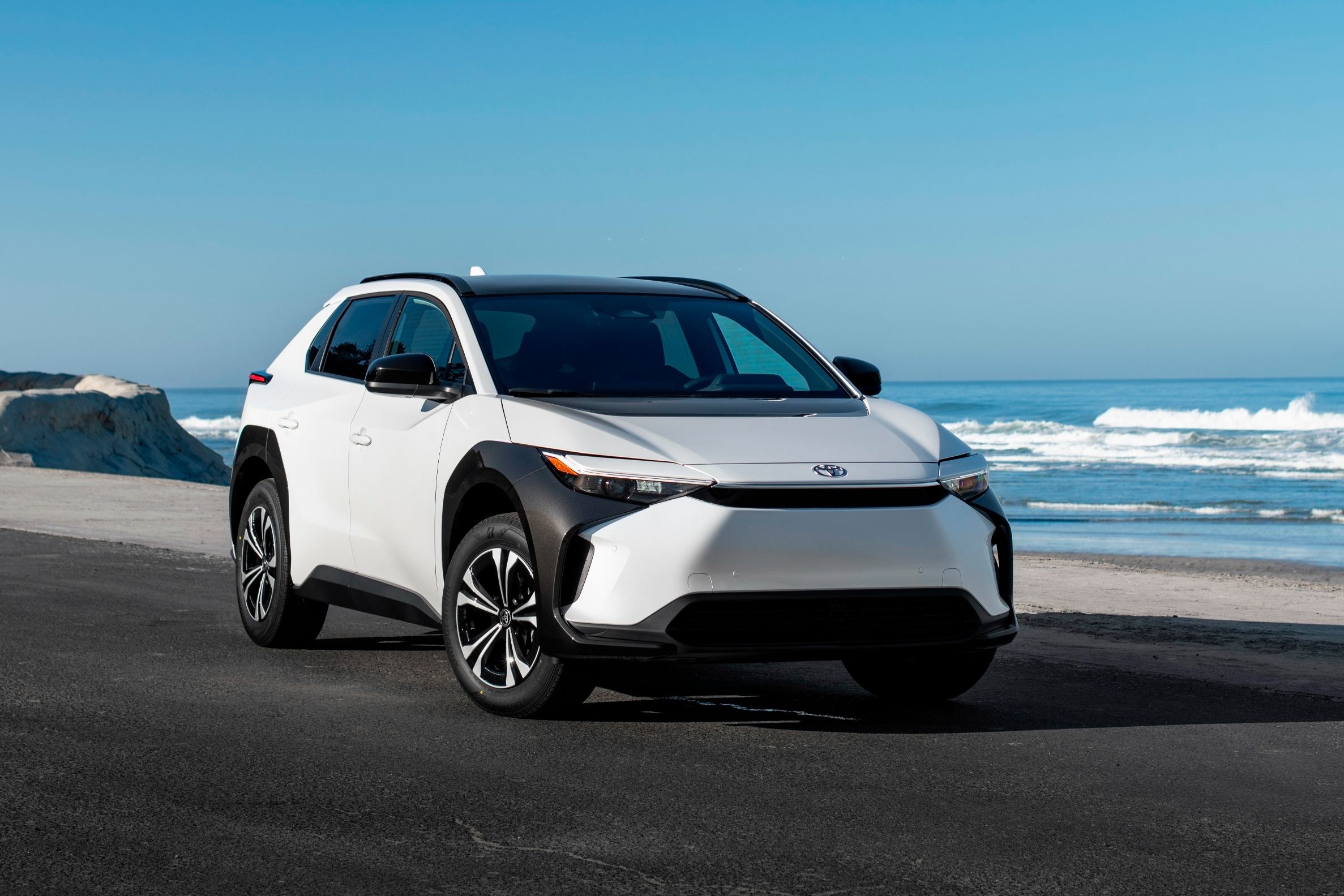
The Toyota bZ4X is the Japanese automaker's first-ever, built from the ground-up all-electric vehicle, but there's one thing it can't do: fly. Sure, the fact that it's zero-emissions matters a great deal, but it turns out the Toyoda family has long held flying car dreams. Sometimes, a dream can become a reality and the carmaker could be in the ideal position to do just that.
Speaking to Automotive News, James Woven, CEO of Toyota's new Woven City, the 175-acre "living laboratory" located at the foot of Mount Fuji in Japan that's still under construction, expressed his shared enthusiasm for flying cars as well. That dream may not be so far-fetched. "I used to watch many TV shows about flying cars, and maybe someday Woven City can become the area that introduces flying mobility to Japan and the world," he said. "It's been a dream of the Toyoda family to build a flying car."
Toyota is reportedly already experimenting with things like electric vertical takeoffs and landings and even invested in a Japanese air mobility startup called SkyDrive. It was through this venture that Toyota built a somewhat unimpressive 'flying car' to light the Tokyo Olympics torch. In early 2020, it also announced a $394 million investment in US-based Joby Aviation. Toyota isn't the only major automaker dabbling in flying car development. Hyundai and the Volkswagen Group are doing the same and the former aims to make the concept a reality by 2030.
Now, it's important not to envision these flying cars as to what was in movies like "Back to the Future: Part II" but rather as small, electric-powered aircraft. Toyota is taking flying cars so seriously that it's placed Daisuke Toyoda, the son of company president and scion Akio Toyoda, in charge of Woven City.
Without his support, the flying car project wouldn't be happening. Woven City still lacks buildings, which will begin construction next year. The entire complex is scheduled to open its doors in 2025. What's interesting about the place is that it's not only a dedicated R&D center for things like flying cars and autonomous vehicles but also a city where people can live. It'll even have three kinds of roads: one for autonomous vehicles, another solely for pedestrians, and a third will be a combination of pedestrians and their personal mobility devices.
Not all roadways will be above ground but others need to be in order to test new technologies to the elements. At first, around 360 people will live there, separated into three categories: senior citizens, families, and "inventors."
